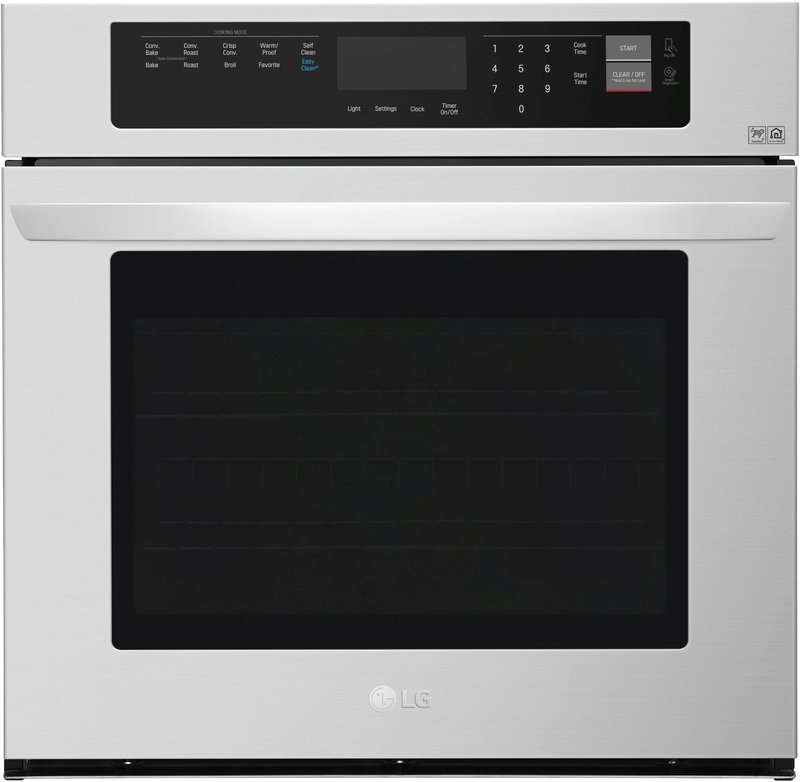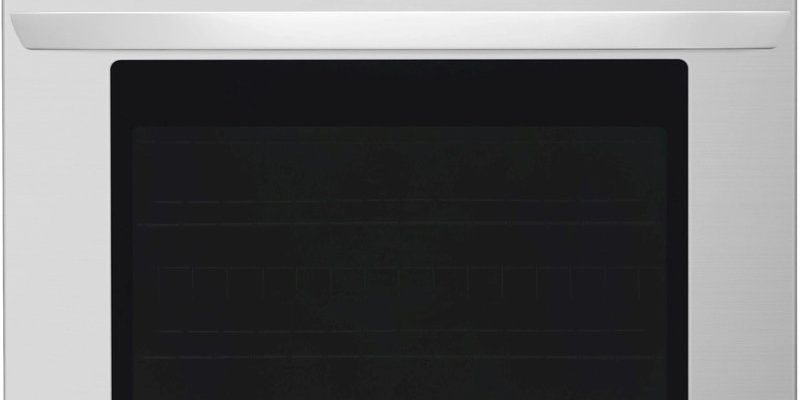
Here’s the deal: the F1 error code in LG ovens and ranges is a signal that something isn’t quite right inside your appliance. Think of it like your car’s check engine light; you wouldn’t just keep driving without checking it, right? An LG oven throwing an F1 code could be the appliance equivalent of a cry for help. It often indicates a problem with the oven’s temperature sensor or electronic control board. Ignoring it might seem convenient at first, but it doesn’t really solve the issue and could lead to bigger problems later on. Let’s dive deeper into what this error code means and why addressing it promptly is crucial.
Understanding the F1 Error Code
When the F1 error code appears on your LG oven, it’s essentially trying to communicate a particular issue. This code predominantly points toward problems with the temperature sensor or an issue with the control board. Imagine your oven’s temperature sensor like a thermostat in your home. If it’s malfunctioning, the oven doesn’t know if it’s too hot or too cold, leading to cooking times being off or food being undercooked or overcooked.
Understanding the role of the electronic control board helps here too. It’s like the brain of your oven, coordinating its various functions. If it’s not working correctly, it’s like trying to run a computer with a glitchy operating system; you might start noticing odd behaviors or performance issues. Sometimes, the F1 error can even be caused by a poor connection or a wiring issue. It’s like using a phone with a loose battery connection — intermittent power loss means it won’t function properly and will keep giving error signals.
Ignoring the error is akin to ignoring a leaky faucet. While it may not seem urgent, over time, unchecked problems can lead to a flood of issues, metaphorically and literally. Addressing the error code promptly can prevent more significant damage and ensure your oven continues to work efficiently.
Common Causes of the F1 Error
You might be wondering: what exactly causes this pesky F1 code? Well, there are a few usual suspects. As we touched on, the temperature sensor often takes center stage. It might have simply gone bad, or there could be a disconnection somewhere along the line. Checking the sensor’s health and connection can sometimes clear up the F1 code for good.
Imagine the control board as the conductor in an orchestra. If it starts malfunctioning, it’s like the musicians losing their sense of rhythm and harmony. Sometimes the board itself is faulty or damaged by things like power surges — a little spike in electricity can disrupt sensitive electronics like this. Dust and grime can also play a role, akin to how sediment buildup might affect plumbing over time. Ensuring the board is clean and well-ventilated can sometimes resolve the error.
Lastly, wiring issues shouldn’t be discounted. A loose or frayed wire can lead to poor communication between components, much like a frayed phone charger causing your phone to charge intermittently. If the wires connecting your oven’s parts are frayed or loose, they could be interfering with the signals, prompting the F1 code to pop up.
Consequences of Ignoring the Error
Contemplating ignoring the F1 error? Let’s discuss what might happen if you brush it off. Ignoring the error can lead to inefficient cooking or even safety hazards. An oven that isn’t heating properly could cause undercooked meals, which can be frustrating or even risky if you’re cooking particular foods. Imagine baking a loaf of bread that’s doughy inside — not the desired outcome!
Safety is another critical concern. Electrical malfunctions can sometimes lead to further damage, potentially posing a fire hazard. It’s like ignoring the cracks in the foundation of a house; over time, they only get worse, potentially leading to significant issues. Even if the oven continues to function somewhat normally, recurring errors can cause stress and inconvenience, interrupting your cooking plans.
In the long term, ignoring the F1 error can reduce the lifespan of your oven. Regular maintenance and prompt attention to issues help ensure your appliance serves you well for years. Working on resolving the error as soon as it appears can save time and money in the future, plus guarantee the safety and efficiency of your kitchen.
Steps to Resolve the F1 Error
So, how do you tackle this issue? Don’t worry, it’s not as daunting as it might seem. Start by checking the temperature sensor. Make sure it’s connected properly and that there are no visible signs of damage. If in doubt, you might want to consult the user manual for guidance on accessing and checking the sensor.
Next up is the control board. While delving into the electronics might seem intimidating, the goal is to ensure everything is clean and secure. Disconnect power before inspecting the board to avoid risks. If it looks like it’s beyond your expertise, calling a professional technician is a wise choice. They can run a diagnostic and determine if a replacement is necessary.
Lastly, inspect the wiring. Look for any loose connections or obvious damage, such as frayed wires. These can usually be secured or replaced fairly simply, ensuring solid communication between your oven’s components. If these steps don’t resolve the issue, it may be time to contact LG customer support or a professional repair service for more comprehensive troubleshooting.
Preventative Tips to Keep Errors at Bay
To prevent future error codes and keep your LG oven in top shape, regular maintenance is key. Like how you’d schedule a periodic car check-up to avoid breakdowns, giving your oven the same attention can be beneficial. Ensure that the appliance is kept clean and that the vents are free from obstructions for adequate airflow.
Consider investing in a surge protector to protect your oven from power surges. Just as you would protect a computer or television, safeguarding your oven from electrical spikes can help prevent control board issues. Regularly inspect wiring connections and the condition of your appliance to catch potential problems early.
Staying informed about your oven’s features and functions can also help. Being familiar with error codes through the manual can equip you with the knowledge needed to tackle issues promptly. By applying these preventative tips, you ensure your oven continues to function efficiently, allowing you to cook without interruption or worry.
